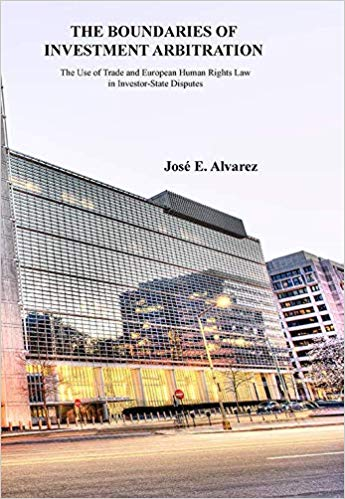
The Boundaries of Investment Arbitration analyses references to European human rights and WTO law in investor-state rulings, advances reasons for these resorts to “non-investment” law, and puts these “boundary crossings” in broader context. It enumerates the legal gateways for these “public law” references and considers what engagement with human rights and trade law tells us about the motivations of investor-state arbitrators, scholars, and civil society. Exploring when and how arbitrators or litigants reach into other international law regimes to interpret the content of international investment law says a great deal about what that law is—and is not.
Investment law practitioners are likely to find the author’s enumeration of the many ISDS rulings that refer to trade or European human rights law (which are summarized in tables that identify the issues on which these references are considered relevant) useful in the course of litigation. Those concerned with contemporary debates over the future of the investment regime will be equally interested in whether such boundary crossings make international investment law more or less “fair,” “consistent,” or “legitimate.”